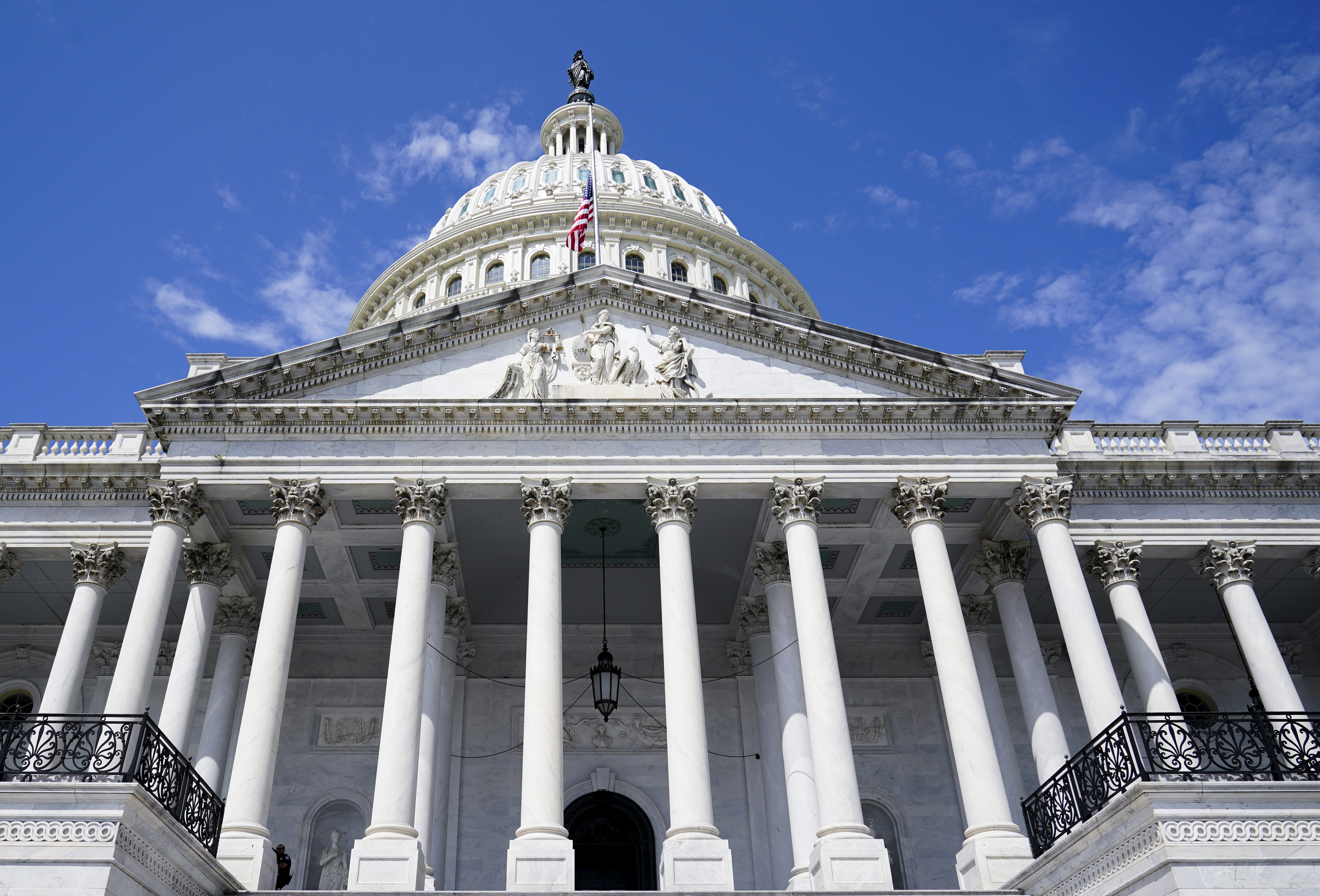Some speed restrictions on the Orange Line that have befuddled riders and slowed trips will stay in place into December, more than two months after the MBTA completed a 30-day end-to-end shutdown aimed at fixing those issues, the agency disclosed Tuesday.
Most remaining slow zones on the Orange Line, particularly stretches north of downtown Boston, are "scheduled to be lifted in November and December," MBTA General Manager Steve Poftak wrote in a letter to U.S. Sen. Ed Markey, shedding new light on an area where the MBTA's opaque explanations have drawn scrutiny.
WATCH ANYTIME FOR FREE
Stream NBC10 Boston news for free, 24/7, wherever you are. |
Poftak described lingering speed restrictions on five different sections of the Orange Line's northbound tracks and another five stretches of southbound track.
Four of those slow zones -- from Community College to the "Sullivan Flyover" on the northbound side, plus three sections between Sullivan Station to the North Station portal heading southbound -- will remain in place while work continues "through the month of November," Poftak said. Two others near the crossover at the Jackson Square station in Jamaica Plain are set for ongoing work "through the next 60 days before the speed restriction can be lifted to the 40 mph line speed."
Get updates on what's happening in Boston to your inbox. Sign up for our News Headlines newsletter.
"It's important to note, the MBTA's Maintenance of Way crews perform continuous inspections of our assets, and in the case of track sections, from time-to-time there will be speed restrictions to allow for identified defects to be repaired," Poftak wrote in the letter. "This is standard procedure to safely maintain the system. Also, maintenance and construction does not end at the conclusion of a system closure or construction surge. Maintaining the tracks, signals, power, vehicles, stations, and tunnels is an ongoing and continuous investment, there will always be construction and maintenance at the MBTA."
On a stretch of track referred to as the "Tufts Curves," Poftak did not offer a clear timeline. The T dropped the allowable speed limit to 10 miles per hour based on "rail wear" before its shutdown, then replaced the worn rail and installed new fasteners during that period. But the area still faces a speed restriction of 18 miles per hour "to reduce the probability of early degradation of the new fasteners," Poftak told Markey.
Local
In-depth news coverage of the Greater Boston Area.
"The MBTA needs to install additional fasteners to raise train speeds to 25 mph, and plans for that work are being developed," he said.
The speed limit for the stretch of northbound track between the North Station portal and Community College is currently 10 mph, slower than the 25 mph before the Orange Line shutdown, because of "space constraints and safety considerations" resulting from "excess rail" that is being stored along the right-of-way, Poftak said.
Markey had pressed Poftak at an Oct. 14 hearing for specific data on the remaining slow zones. Poftak's response Tuesday pushes the timeline for a complete end to slow zones targeted in the repair blitz even further back amid growing frustration from lawmakers and riders.
Speed restrictions have left many commuters unable to notice substantial improvements in their regular travel compared to before the shutdown, and in some cases, riders have been saddled with even longer trips. Along the way, MBTA officials have presented shifting, sometimes conflicting explanations for why travel remains slow after the enormous amount of effort made on repairs.
On Sept. 13, less than a week before the end of the month-long Orange Line closure, Poftak said slow zones would stay in place for the first five to seven days of service while MBTA workers ensured repairs were working properly.
"As riders continue to return to the system, I understand the frustration many of them feel," Poftak wrote in his letter on Tuesday. "On behalf of the more than 6,400 hardworking men and women of the MBTA, we acknowledge that safety incidents have occurred and that our service levels aren't where we want them, in part due to staffing challenges, that have forced us to make hard decisions that represent prioritizing safety above all else. These challenges are impacting major transit agencies across the country."
When Orange Line trains resumed shuttling passengers on Sept. 19, Poftak declared in a press release that the MBTA "met our goal of eliminating six slow zones along the Orange Line, which creates faster and more reliable commutes for customers."



